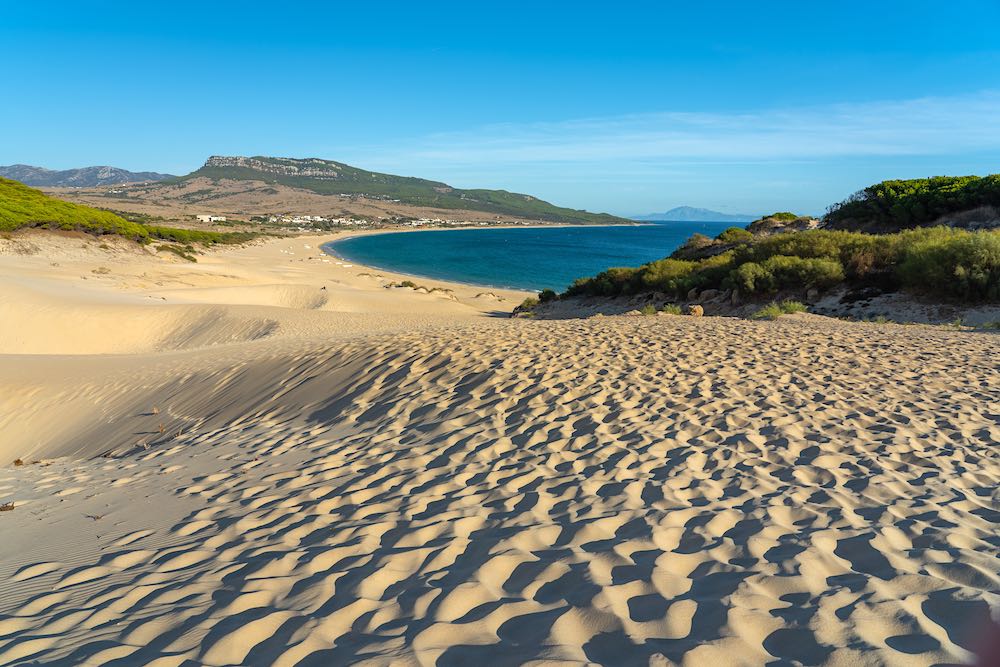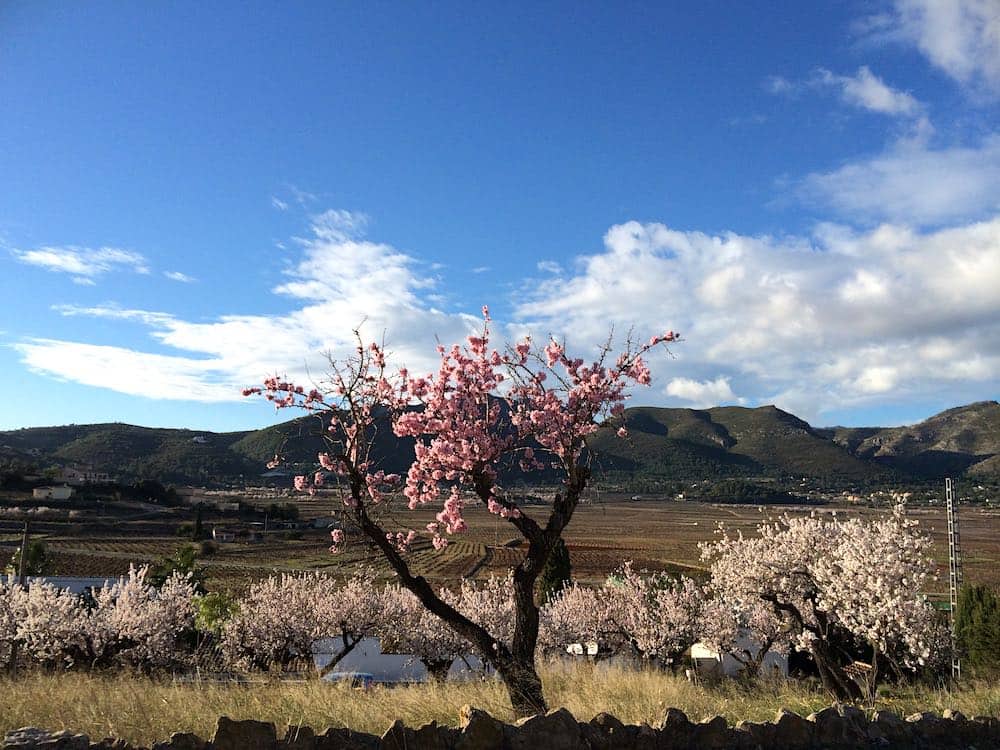
The Costa Blanca, located on the southeastern coast of Spain, is a renowned destination cherished for its sun-drenched beaches, crystal-clear waters, and idyllic Mediterranean charm. Stretching over 200 kilometers, this picturesque coastline captivates visitors with its diverse landscapes and distinct regional flavors. In this article, we delve into the captivating contrasts between the North and South Costa Blanca, shedding light on their unique characteristics and helping you choose the perfect destination for your next Mediterranean escape.
- Geographical Differences: The North Costa Blanca boasts a rugged and mountainous terrain, dotted with cliffs and coves that create breathtaking panoramic vistas. The region is characterized by its lush greenery, including almond and olive groves, and offers a more tranquil and secluded ambiance. In contrast, the South Costa Blanca features a flatter landscape with expansive, sandy beaches stretching along the coast. The terrain here is ideal for those seeking long walks along the shore and a more accessible seaside experience.
- Climate: When it comes to climate, both the North and South Costa Blanca enjoy a privileged Mediterranean climate, with mild winters and long, hot summers. However, there are subtle variations between the two regions. The North Costa Blanca tends to experience slightly cooler temperatures due to its proximity to the mountains, making it an excellent choice for those who prefer a milder climate. The South Costa Blanca, with its lower altitude, tends to have slightly warmer temperatures, attracting sun-seekers who relish the scorching summer heat.
- Cultural Heritage: The North and South Costa Blanca have distinct cultural influences that contribute to their unique charm. The North boasts a rich history and is home to ancient towns and picturesque villages that have preserved their traditional Spanish character. Visitors can explore charming coastal towns like Altea and Jávea, with their white-washed houses, narrow cobbled streets, and vibrant local markets. The South, on the other hand, has witnessed more significant development and showcases a blend of traditional and modern influences. Cities like Alicante and Torrevieja boast modern amenities, bustling nightlife, and a cosmopolitan atmosphere.
- Beaches and Coastal Delights: Both the North and South Costa Blanca offer stunning beaches, each with its own distinct allure. In the North, you’ll find smaller, secluded coves nestled between cliffs, often with rocky outcrops that are ideal for snorkeling and exploring underwater wonders. The South, with its long stretches of sandy beaches, provides ample space for sunbathing, beachside activities, and water sports. Locations such as Playa del Postiguet in Alicante and Playa de la Zenia in Orihuela Costa are renowned for their pristine sands and clear waters.
- Outdoor Activities and Nature: Nature enthusiasts will find plenty to explore in both regions of the Costa Blanca. The North is a hiker’s paradise, offering scenic trails through natural parks and mountains, such as the stunning Montgó Natural Park. It is also home to the Algar Waterfalls, a serene oasis amidst the rugged landscape. In the South, the salt lagoons of Torrevieja and La Mata provide a haven for birdwatchers, while the Palm Grove of Elche, a UNESCO World Heritage site, offers a tranquil escape amid lush greenery.
Conclusion: Whether you are drawn to the rugged beauty and tranquility of the North Costa Blanca or the lively atmosphere and expansive beaches of the South, both regions have their own unique charm and attractions. The Costa Blanca offers a diverse range of experiences, from exploring ancient towns and hiking trails to soaking up the sun on pristine shores. Whichever region








